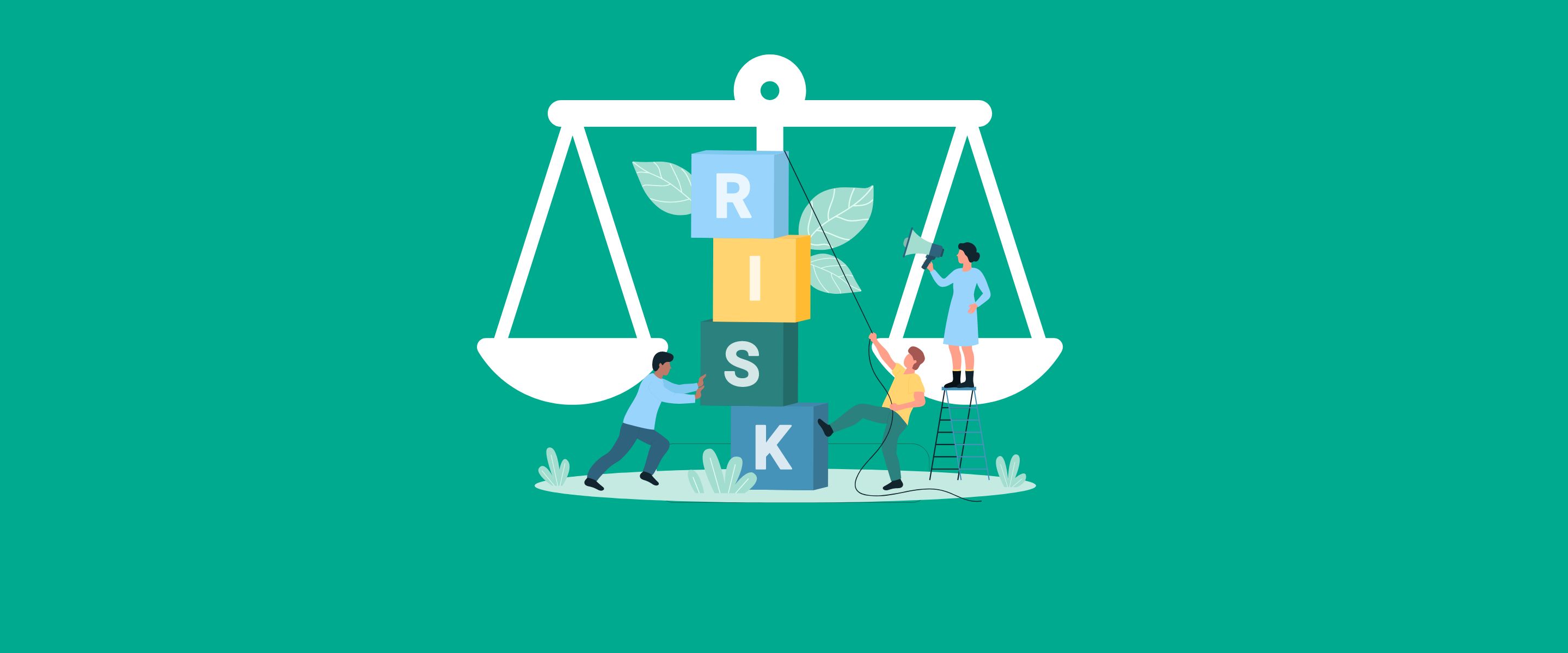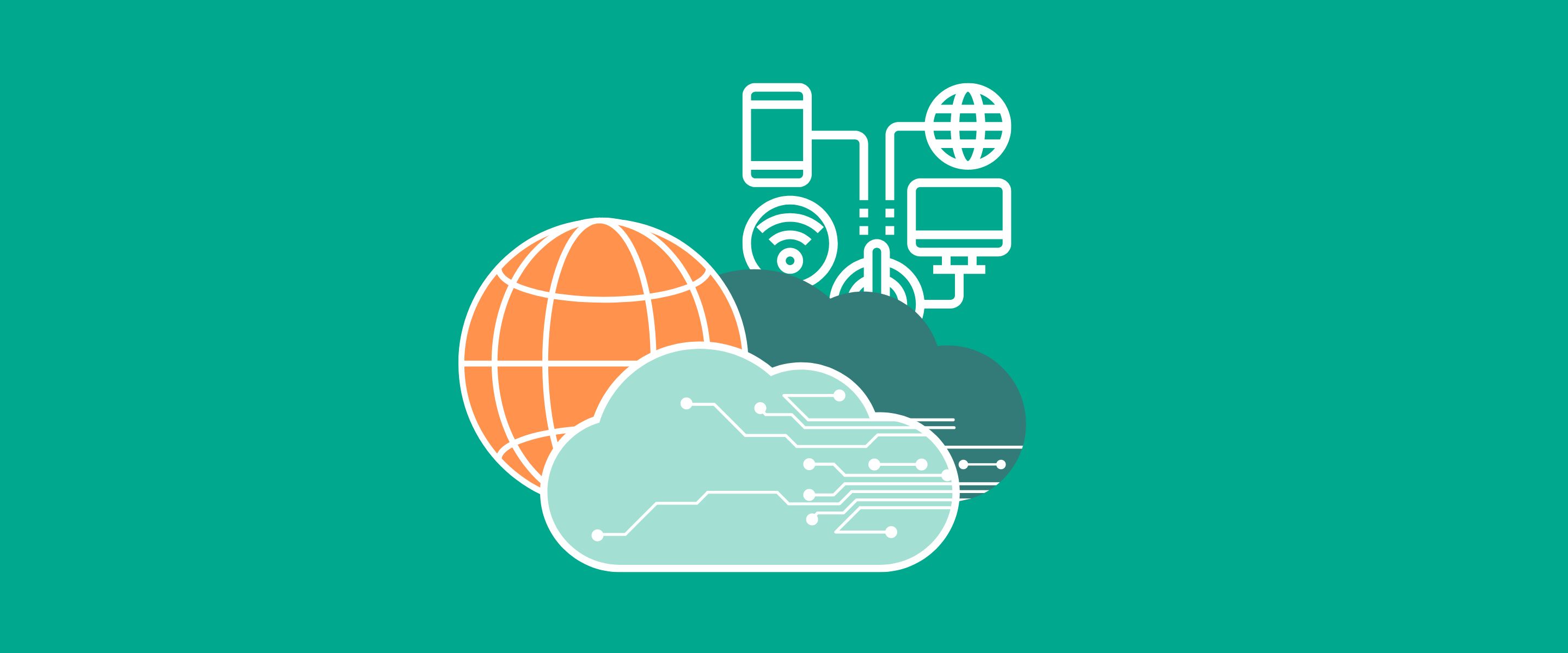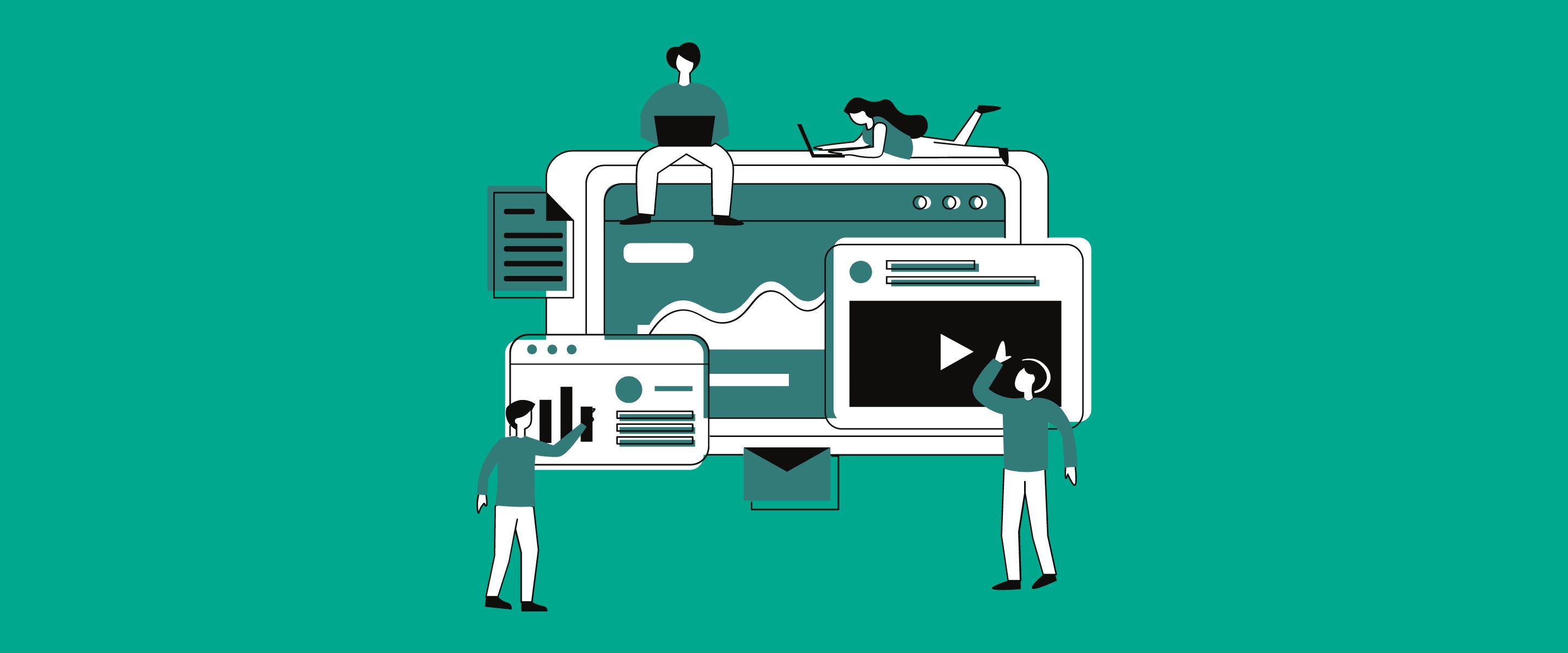Winter is coming and so is the end of Exchange 2010.
Unfortunately, All good things come to an end.
Depending on your views on Microsoft’s Support, you may or may not consider it a good thing that Microsoft’s support of Exchange 2010 is quickly coming to an end. We have put together a quick, comprehensive list of what you should be aware of if you are currently supporting or using Microsoft Exchange 2010 in your organization.
First, let’s clarify what EOL (End of Life) and EOS (End of Support) are, as this is often a point of confusion for a lot of clients.
In the world of Microsoft, they define these two things as- • End of Support: Termination date of Microsoft’s hotfixes, security patches and technical assistance
- • End of Life / End of License: Date when shipping of a specific Windows product version is discontinued.
We have already come across a few news outlets as well as blogs that are confusing these two things, but it is important to know the difference when understanding your life cycles of your IT Equipment.
End of Service, especially in the case of Exchange 2010, is something you need to take quite seriously. While Microsoft Exchange 2010 already had its End of Life quite some time ago, support was still being offered. End of Service dates for Microsoft are most important as that is the last date that it will be safe to run their software. This will be the last date that any support, updates, bugs, patches, security fixes, etc. are offering on that product.
When talking about Email systems that are openly exposed to external delivery, such as most implementations of Exchange, security alone makes it critical that your organization is kept up to date with the latest security patches. It is critical for most businesses, to no longer be on that product once the End of Service date is met.
Want to skip the article? Reach out to us for a free quote and to review your options for upgrading from Exchange 2010.
So, what do we do?
The simple answer to this question is, you NEED to upgrade. The not so simple part is, what do you upgrade to?
You have quite a few options, but especially with Exchange 2010 is a major upgrade to Exchange 2013 (the next version up) you don’t want to rush into any decision so it is best to start looking at your options now.
We have included Microsoft’s decision graph. This graph (below) will show you a few possible routes for your upgrade.
Path 1 : Upgrade your on-premises Exchange 2010 to a new version of Exchange on-premises. We always suggest that you go to the latest stable release of Exchange so we would recommend Exchange 2019 if you still require an on-prem implementation.
Path 2 : If your roadmap has you wanting to move to the cloud, but you currently have legacy reasons why upgrading right now would be too costly, or too much of a logistic hurdle, you also have the option of creating a hybrid environment. With Exchange, this allows you to start upgrading your infrastructure slowly to the cloud while still maintaining your on-prem servers.
Path 3 : Our suggested option, and the easiest transition supposing you don’t require any legacy on-prem features or integrations, would be a full execution of your exchange environment in the cloud with Office 365.
I am still not sure what I should do.
No worries, you aren’t alone. These decisions for any organization, whether you are a 1-man operation of a large enterprise, can be quite large and the devil is always in the details.
Licensing will be a large part of this decision. When making a decision like this, choosing a Microsoft Partner that specializes in Exchange Migrations (like us here at Transpera) is imperative. The reason for choosing a partner should not just be on their experience with the actual Exchange or Office 365 migration but also on the ability to work with your Microsoft Rep to help secure the best possible savings for your organization during your migration.
We have been through this process often and can help you guide you through it or simply take the reigns and get it done for you.
No matter what your choice, and no matter what your current upgrade path looks like, we are here to help you not only with the full implementation but also if you just require consulting and to ensure your in house IT Team has all of the support and resources they require for safe and comfortable migration.
If you do decide to maintain your on-prem Exchange once you get migrate off of Exchange 2010, some important dates to think of for the future will be the next EOS (End of Support) dates for later versions of Exchange.
Exchange 2013 - April 2023 EOS
Exchange 2016 - October 2025 EOS
With Exchange 2013 less than 3 years away, choosing this option will ensure a future migration within 3 years. While you may be able to get some cost-effective savings for license upgrades to Exchange 2013, it is recommended you upgrade right to 2019 or Office 365.
What if I just wait?
If you are thinking you may have more time, as we have all seen Microsoft delay End of Service dates quite often, we feel the End of Service for Exchange 2010 will be pretty accurate.
As some of you may be aware, Microsoft initially scheduled their End of Service for Exchange 2010 for January 14th of 2020. This was since pushed back to October 13th, 2020 and we are fully expecting this date to now be set in stone.
Without fear-mongering, it is imperative from a security standpoint that you migrate off of Exchange 2010 if you haven’t already done so. Reach out to us and see how we can not only save you money on your migration but also how we can help make sure it causes as little inconvenience to your organization as possible.





